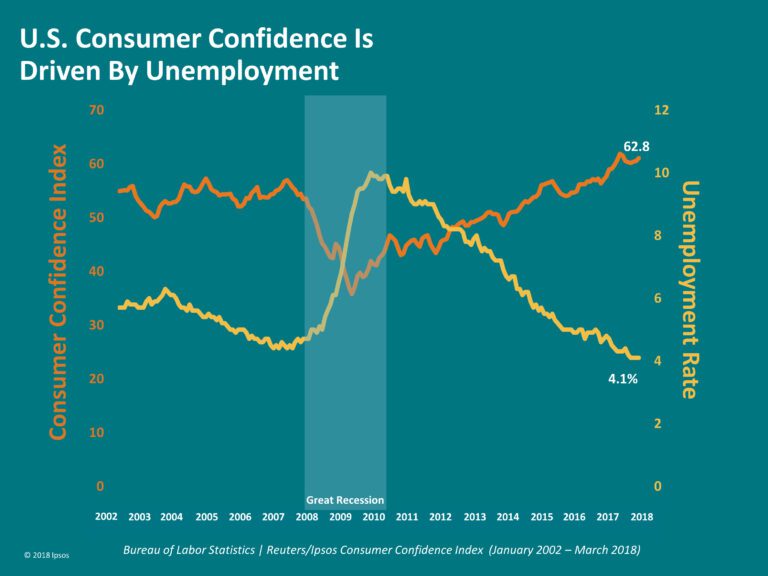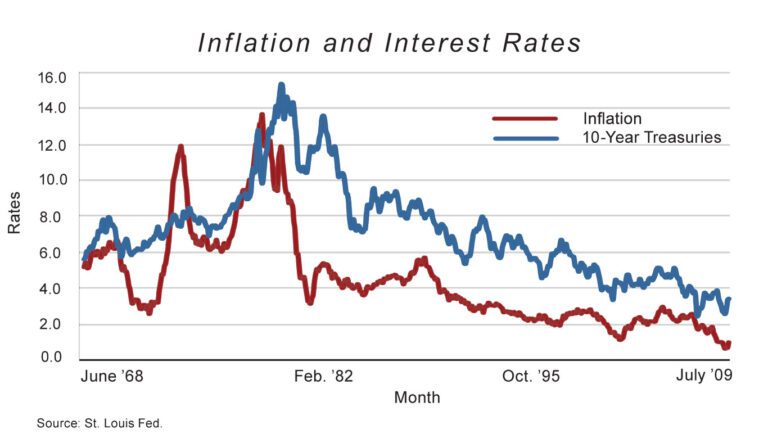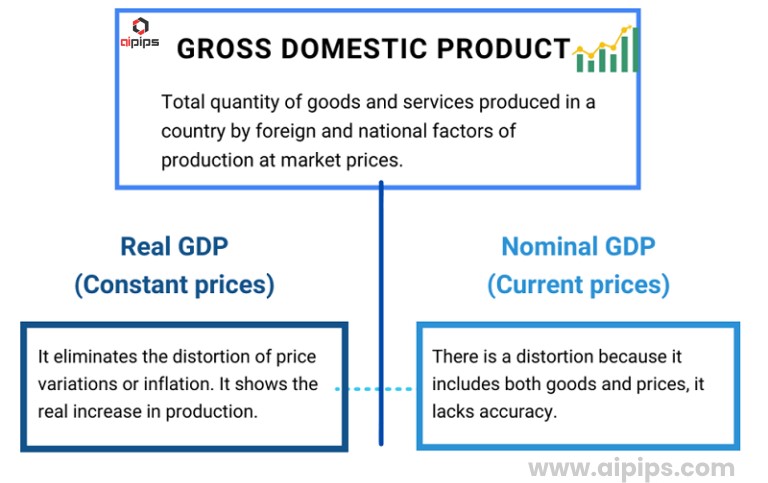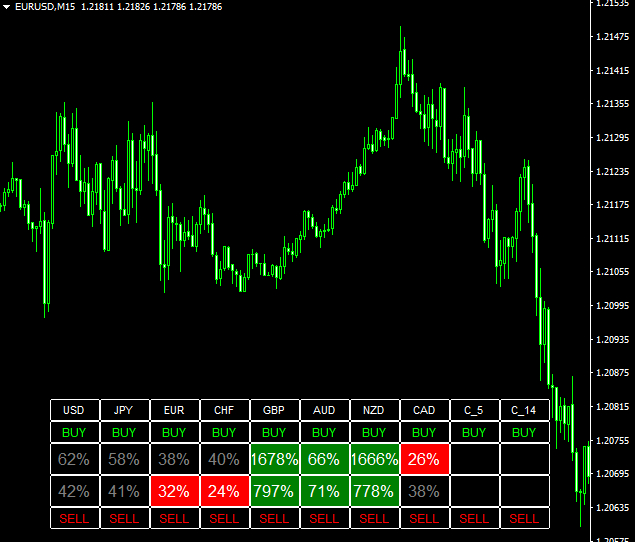Introduction
- In the dynamic world of Forex trading, where currencies fluctuate with the pulse of global economies, understanding the influence of economic indicators is paramount. These indicators, ranging from employment figures to inflation rates, serve as critical markers guiding traders through the ever-shifting terrain of the Forex market. Let's delve into the intricate relationship between economic indicators and Forex markets to decipher how they shape trading decisions and market sentiments.
The Significance of Economic Indicators
- Economic indicators act as the compass navigating traders through the vast expanse of the Forex market. They provide essential insights into the health and trajectory of economies, serving as beacons of information for investors seeking to capitalize on market movements. Whether it's employment data indicating labor market strength or inflation rates signaling price stability, each economic indicator offers a piece of the puzzle, empowering traders to make informed decisions.

Unemployment Rates and Consumer Confidence
- The unemployment rate stands as a barometer of a nation's economic vitality, exerting a profound impact on currency values. A low unemployment rate signifies a robust job market and consumer spending, bolstering confidence in the domestic currency. Conversely, high unemployment rates signal economic distress, leading to currency depreciation as investors seek refuge in more stable assets. Similarly, consumer confidence indices provide valuable insights into consumer sentiment, influencing spending patterns and, consequently, currency strength.

Inflation and Interest Rates
- Inflation, the rise in the general level of prices, holds significant sway over Forex markets. Central banks closely monitor inflation levels, adjusting interest rates to maintain price stability and economic equilibrium. Higher inflation often prompts central banks to raise interest rates, attracting foreign investment and strengthening the domestic currency. Conversely, low inflation or deflation may necessitate interest rate cuts to stimulate economic activity, potentially weakening the currency in the process.

Gross Domestic Product (GDP) Growth
- GDP growth serves as a barometer of economic performance, reflecting the overall health of an economy. Strong GDP growth signals economic vitality and attracts foreign investment, driving demand for the domestic currency. Conversely, sluggish or negative GDP growth may dampen investor confidence, leading to currency depreciation as investors seek refuge in more robust economies.

Trade Balances and Currency Strength
- Trade balances , reflecting the difference between exports and imports, play a pivotal role in determining currency values. A trade surplus, where exports exceed imports, often strengthens the domestic currency as it signifies economic prowess and global competitiveness. Conversely, a trade deficit may weaken the currency, signaling a reliance on foreign goods and potential economic vulnerabilities.

Key Takeaways
- 1. Economic indicators serve as vital tools for assessing the health and direction of economies, guiding trading decisions in the Forex market.
- 2. Indicators such as unemployment rates, inflation, GDP growth, consumer confidence, and trade balances offer valuable insights into economic fundamentals and market sentiments.
- 3. Traders should stay informed about economic data releases and central bank announcements to anticipate market movements and adjust their trading strategies accordingly.
- 4. While economic indicators provide valuable insights, it's essential to consider other factors such as geopolitical events, market sentiment, and technical analysis when trading Forex.
- 5. By understanding the interplay between economic indicators and Forex markets, traders can navigate market volatility with confidence and precision, unlocking opportunities for profitable trading.




